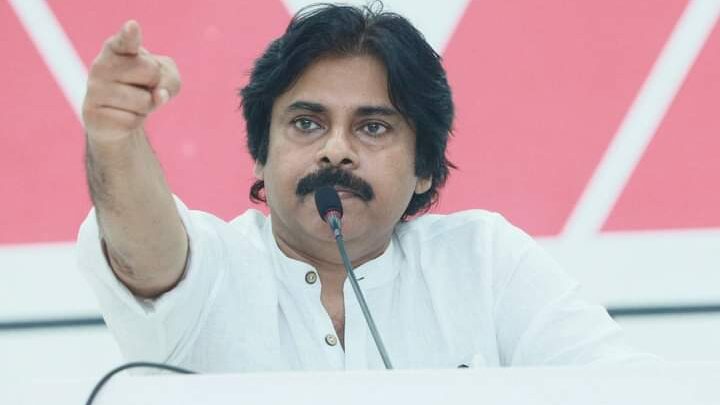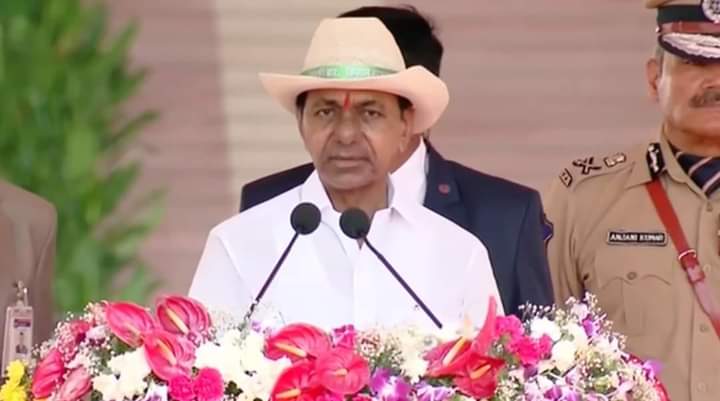It is reliably learned that the Union Cabinet has approved the Women’s Reservation Bill. This bill, which provides 33% reservation for women in parliament and state assembly elections, has been pending for more than two and half decades.
The Women’s Reservation Bill, also known as the Constitution (108th Amendment) Bill, is a proposed legislation in India that seeks to reserve one-third of all seats in the Lok Sabha and state legislative assemblies for women
History of Women’s Reservation Bill
The bill has been a topic of discussion and debate in India for several decades, but it has not yet become law. Here is a timeline of key events related to the Women’s Reservation Bill in India:
1996: The Women’s Reservation Bill was first introduced in the Lok Sabha by the United Front government led by Prime Minister H.D. Deve Gowda. The bill proposed to reserve 33% of the seats in the Lok Sabha and state legislative assemblies for women.
1998: The bill lapsed with the dissolution of the Lok Sabha without being passed.
1999: The bill was reintroduced in the Lok Sabha by the Atal Bihari Vajpayee-led government but faced opposition and protests from several political parties.
2008: The bill was once again introduced in the Rajya Sabha by the UPA government led by Prime Minister Manmohan Singh. It was passed in the Rajya Sabha but faced strong opposition in the Lok Sabha.
2010: The Women’s Reservation Bill faced protests and disruptions in the Lok Sabha and was not passed during this session.




One thought on “Women’s Reservation Bill time line”
Comments are closed.